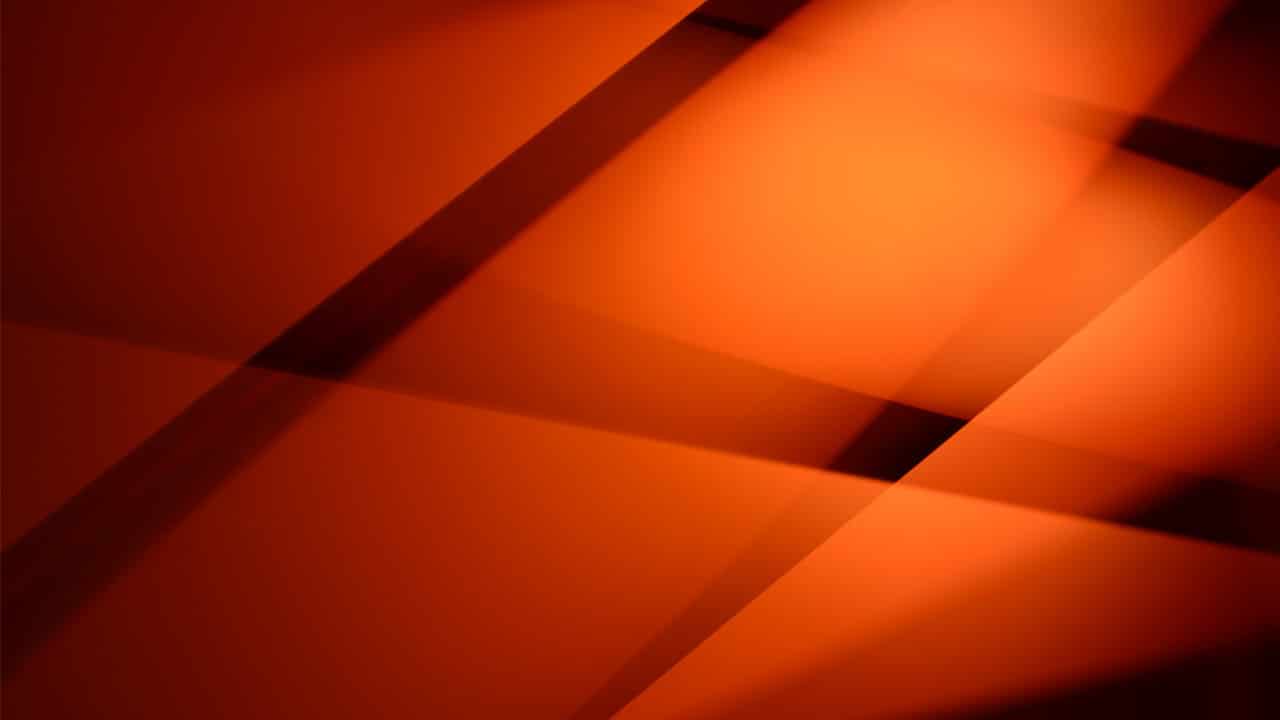The Federal Communications Commission has issued a citation to owners of an office building in downtown Los Angeles, Calif. after discovering that fluorescent lights in the building are interfering with Verizon Wireless’s 700 MHz network.
According to the FCC citation, the interference stems from the ballast, which limits the current through the tube of the fluorescent lamp. A 2012 customer bulletin released by manufacturer General Electric said that some of its UltraMax ballasts “produced unintentionally high-frequency radio emissions that have the potential to cause interference with certain types of wireless communications.” The bulletin also gave customers information on how to exchange the faulty products, the FCC said.
Verizon initially identified and complained to the FCC about the interference on its licensed 700 MHz frequencies in April last year, who in response to the allegation dispatched agents to meet with building owner Brookfield Office Properties. The FCC issued a warning letter to Brookfield on May 7 asking it to investigate the lightning ballasts used in the building as a possible source of interference and follow up with an interim and final report within 60 days. According to the agency, neither report was received at the time of the citation.
Following continued complaints from Verizon, FCC agents confirmed in November using portable direction-finding equipment that the interference was being caused by ceiling fluorescent lights/ballasts inside the building in question.
The citation states that building owner Brookfield Office Properties could be fined up to $16,000 per day if it keeps using the interfering lights, with a maximum fine of $112,500. The alleged violation could also lead to “criminal sanctions, including imprisonment,” according to the FCC. The property owner has 30 days to file an interim report on the investigation and corrective measures it has taken to eliminate the interference, and 60 days to file a final report. Alternatively, Brookfield has the option of challenging the citation within 30 days of its release.
While interference caused by fluorescent lighting is rare, is not unheard of. Last year, the FCC cited a hair salon in Antonio, Texas because the fluorescent lighting in the shop was found to be interfering with a nearby AT&T cell site.






